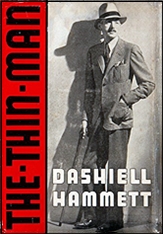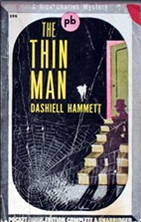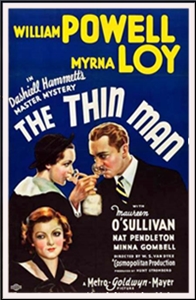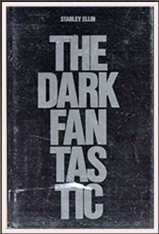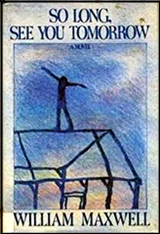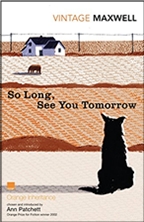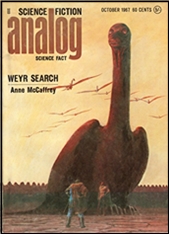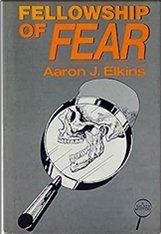Sun 31 Mar 2024
ROUNDERS. Miramax,1998. Matt Damon. Edward Norton, Gretchen Mol, John Malkovich, John Turturro, Martin Landau, Famke Janssen. Directed by John Dahl.
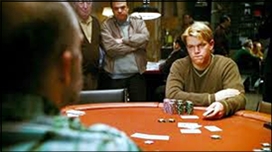
Included in the long list of things I didn’t know before, here is the definition of the work “rounder” as used in the title of this film: “a person traveling around from city to city seeking high-stakes card games.”
It turns out, at least in this case, that a movie about poker players follows the same template as many a film about other sporting events, be they boxing, baseball, basketball and so on: protagonist loses big in the first twenty minutes, followed by a long struggle to recoup and get back in shape for a rematch, then of course the rematch, and (giving the ending completely away, perhaps) eventual victory.
Note the use of my word “perhaps.” It is intentional.
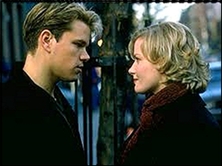
Poker games differ, perhaps, from the other sports I used as similar examples in that there is very little physical activity during the course of one. (There may be some afterward, however, warranted or not).
There are two primary “heroes” in The Rounders. Mike McDermott (Matt Damon) who is both a young law student and an inveterate poker player, and his friend Worm (Edward Norton) who has just been released from prison, complete with debts incurred from before incarceration, plus interest. Object: find games to play to clear Worm with the mob, in spite of Mike’s promise to his live-in girl friend (Gretchen Mol) to stay clear of any such activity.
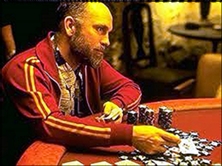
When you’re addicted, promises are hard to keep, and of course Worm is a friend.
Mike’s approach to poker to win by playing well. Worm can’t stop taking chances, just for the thrill of it, and thereby lies the tale.
If you take me as a prime example, you can watch this movie, beautifully photographed in the dingiest byways of 1990s Manhattan (not a contradiction), without knowing anything about the rules of the various games played throughout the film. It might have helped, but once you realize what the basic template is that constitutes the structure of the whole setup and how it is (probably) going to turn out, you can skip the details.
One last thought. If you would like to know a basic axiom of pick-up card games, consider this as a basic truth: “If you can’t spot the sucker in your first half hour at the table, you are the sucker.”



